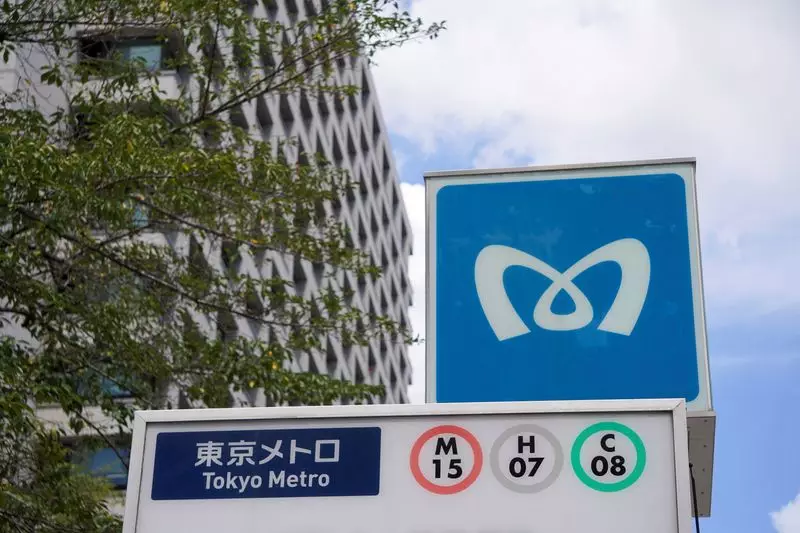In a significant development for Japan’s financial landscape, Tokyo Metro is gearing up to generate approximately 348.6 billion yen, which translates to about $2.3 billion, through its upcoming initial public offering (IPO). This event is heralded as the largest IPO in Japan in six years, signaling renewed investor interest and confidence in the market. Set to list on the Tokyo Stock Exchange on October 23, the company plans to price its shares at 1,200 yen, the peak of its proposed range. Such a strong debut not only indicates a buoyant market but also reflects a robust appetite from investors, demonstrating a firm belief in the potential of this transportation giant.
The sheer demand for shares highlights the attractiveness of Tokyo Metro as an investment opportunity. Reports suggest that the IPO was oversubscribed by more than 15 times, with staggering numbers in specific categories. Retail investors—the everyday investor segment—showed particular enthusiasm, with their allotted shares being oversubscribed by nearly tenfold. This enthusiasm may stem from the company’s established reputation as a household name in Japan, providing a sense of security to those investing their hard-earned savings. Meanwhile, domestic and international institutional investors also displayed remarkable interest, with their share segments being oversubscribed more than 20 and 30 times, respectively.
Attractive Dividend Yield
One of the main draws of investing in Tokyo Metro is its attractive forecasted dividend yield of 3.3%, based on an anticipated payout of 40 yen per share for the fiscal year ending March 2025. Analyst Kazumi Tanaka from DZH Financial Research emphasizes that this yield stands out in comparison to other railway companies, both private and those under the Japan Railways (JR) group. Investors often seek reliable income streams, and the stability inherent in the transportation sector further sweetens the deal. Additionally, there is optimism regarding potential growth driven by increasing inbound tourism, especially as travel restrictions ease globally.
In a strategic move to facilitate this public offering, both the central and Tokyo governments are selling half of their stakes in Tokyo Metro. The central government possesses a 53.4% share, while the Tokyo government holds the remaining 46.6%. This divestment not only helps the government recoup investments but also fosters a sense of community ownership among the public, potentially attracting more retail investors.
This IPO follows a broader trend in the market, where other companies, like Rigaku and Kioxia, are contemplating their own offerings. However, it’s essential to note that Bain Capital has recently abandoned its Kioxia IPO plans due to valuation disagreements with investors. This situation underlines the delicate balance between projected valuations and market appetite, a dynamic that Tokyo Metro seems to have navigated successfully.
As Tokyo Metro prepares for its pricing announcement and subsequent listing, this IPO is not merely another transaction but a pivotal event that could reignite interest in the Japanese stock market. The overwhelming response and favorable conditions highlight a readiness for growth and a diversified investor base eager for new opportunities. The success of this IPO could pave the way for future financial initiatives, setting a hopeful tone for Japan’s economy as it emerges from recent challenges. This IPO not only represents financial figures but also reflects the changing landscape of investor sentiment and market stability in Japan.

